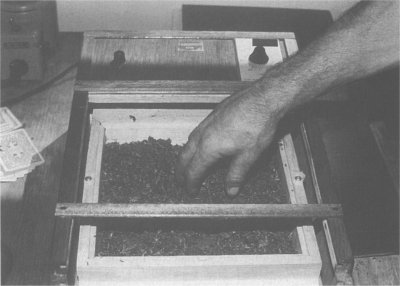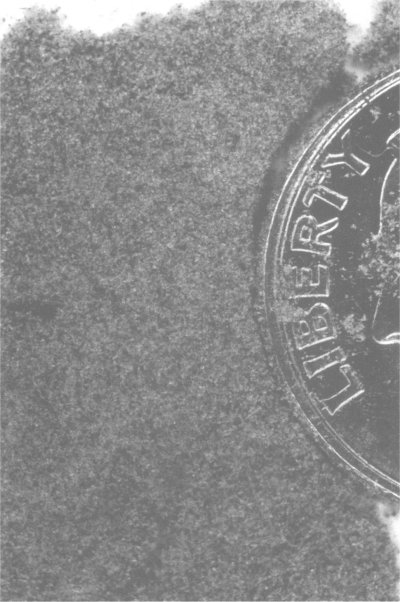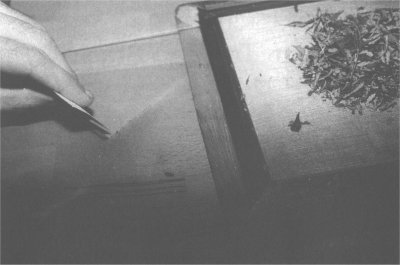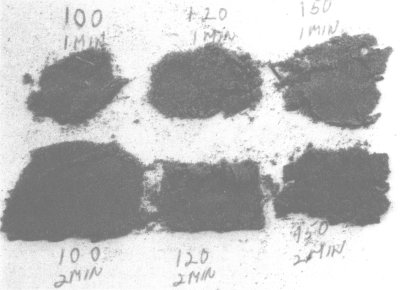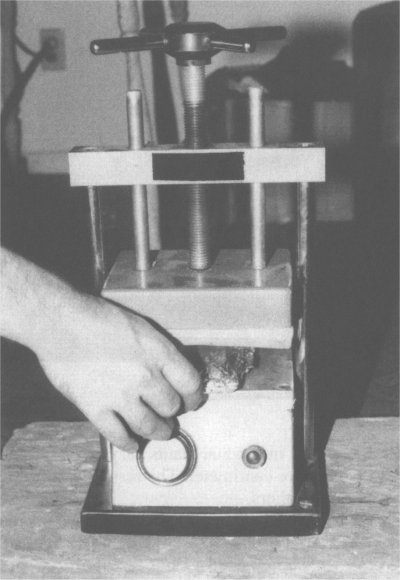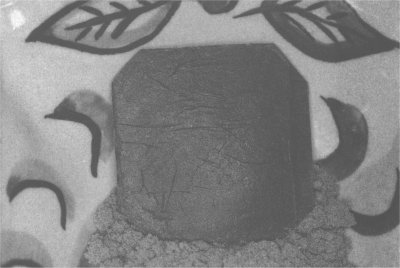Gardeners who romance the bud know that the leaves, the natural by-product of their work, present an interesting paradox. It is bud with perhaps 5% THC that is typically the focus of their obsession. Commercially this jewel is valued by consumers and it sells for several thousand dollars a pound. The fan leaves, which contains 1% or more THC but provide a much harsher smoke, are often thrown away by these connoisseurs, and has a very small commercial value. Trim, which contains 2% or more THC, commands only a little more respect, and is also moderately priced.
Mature marijuana plants typically yield half as much or more leaf as bud by weight. The result is that 10-15% of the plant’s total THC production is often thrown away. Most gardeners have been content to sacrifice these glands to poor relatives, high bakers or the trash. Recently, Milla’s “Pollinator” has regenerated interest in a solution to the leaf conundrum. A few years ago, the late John Gallardin developed the Sifter and Master Sifter. Both of these devices are based on the silkscreen used worldwide.
